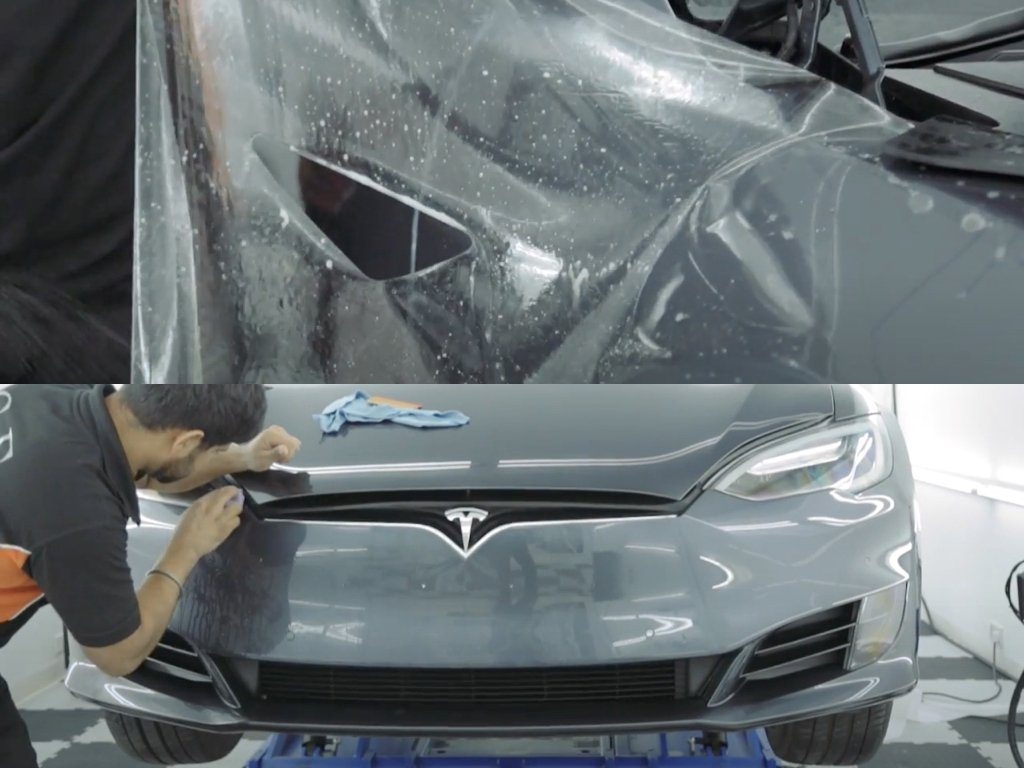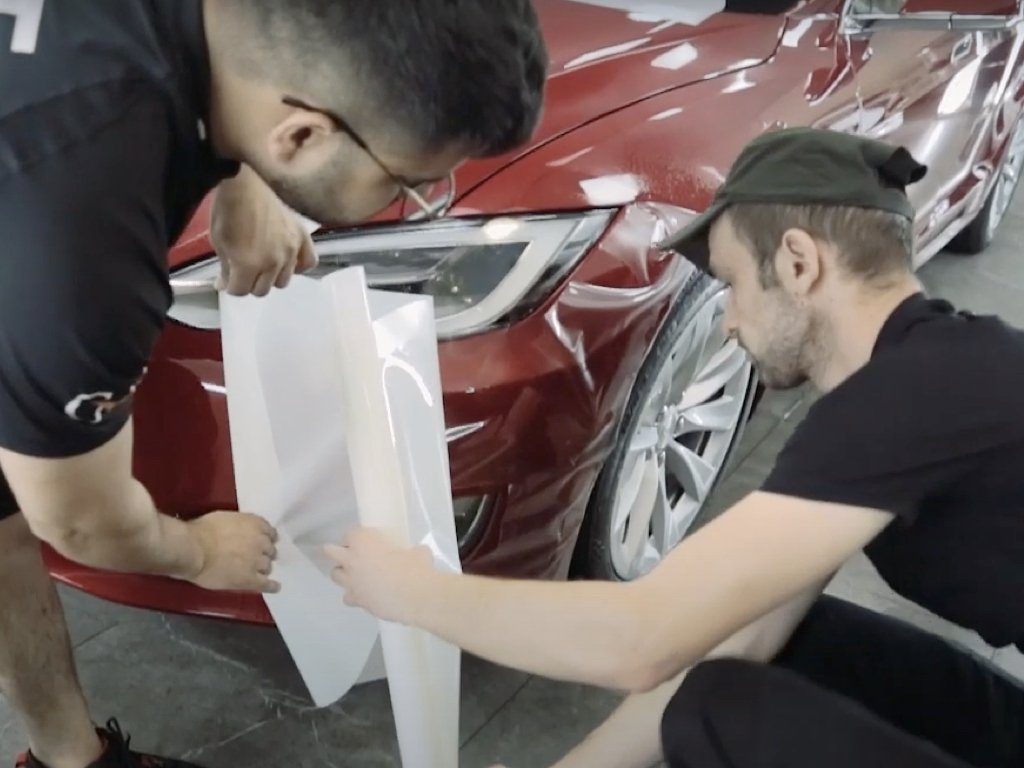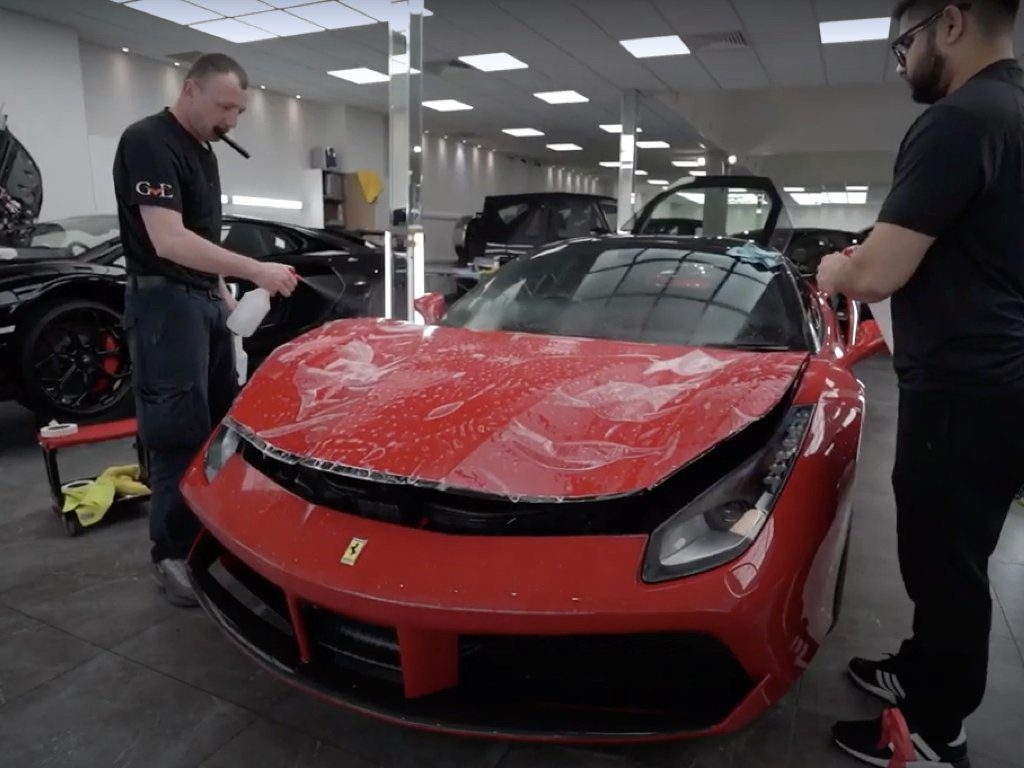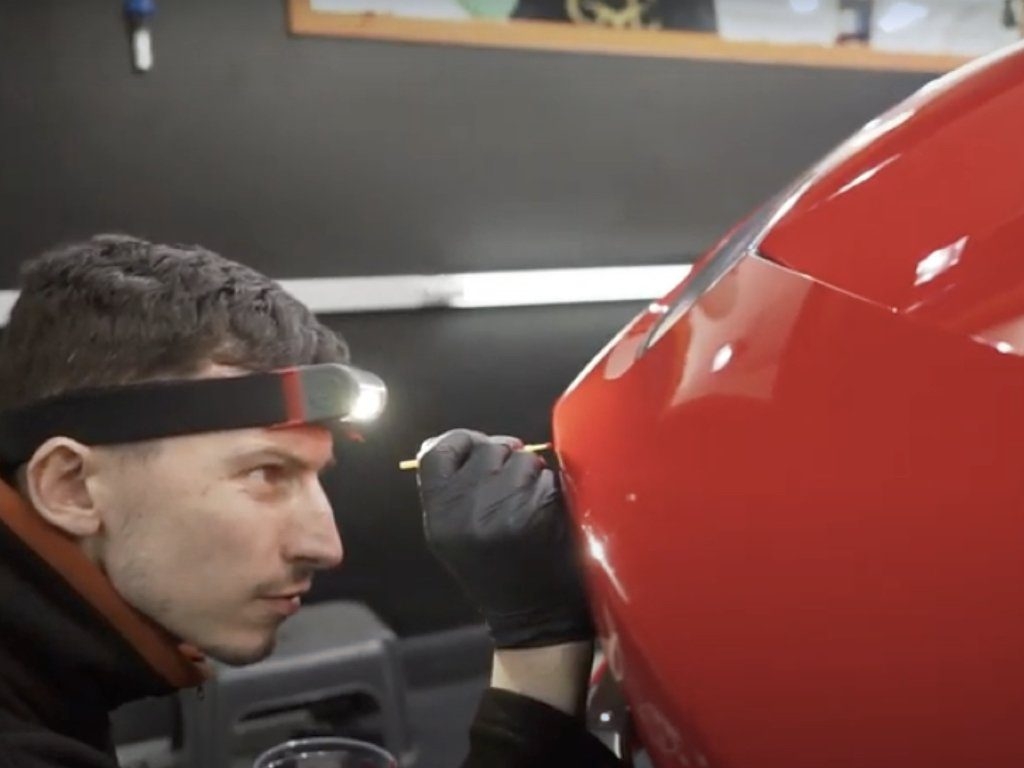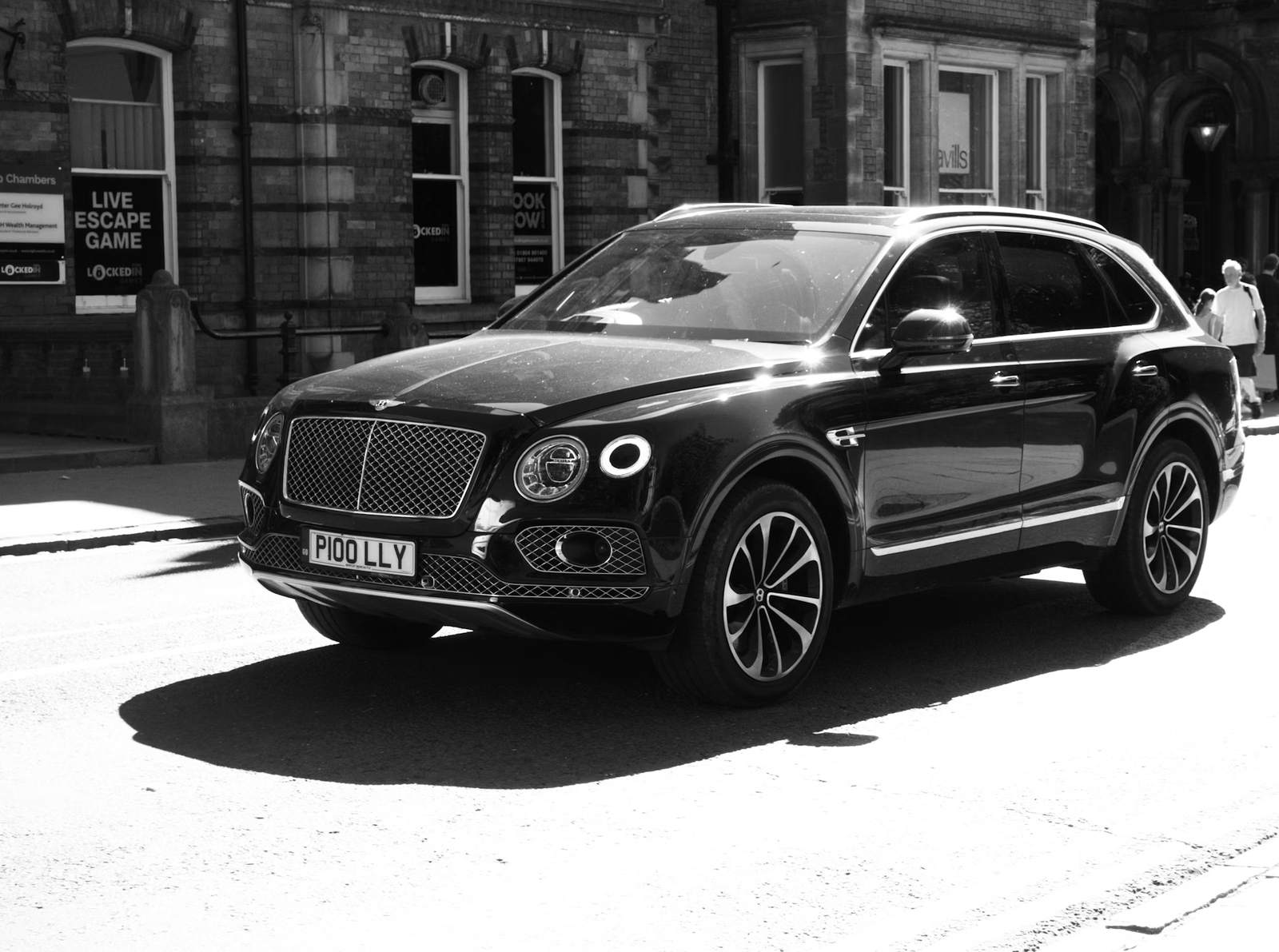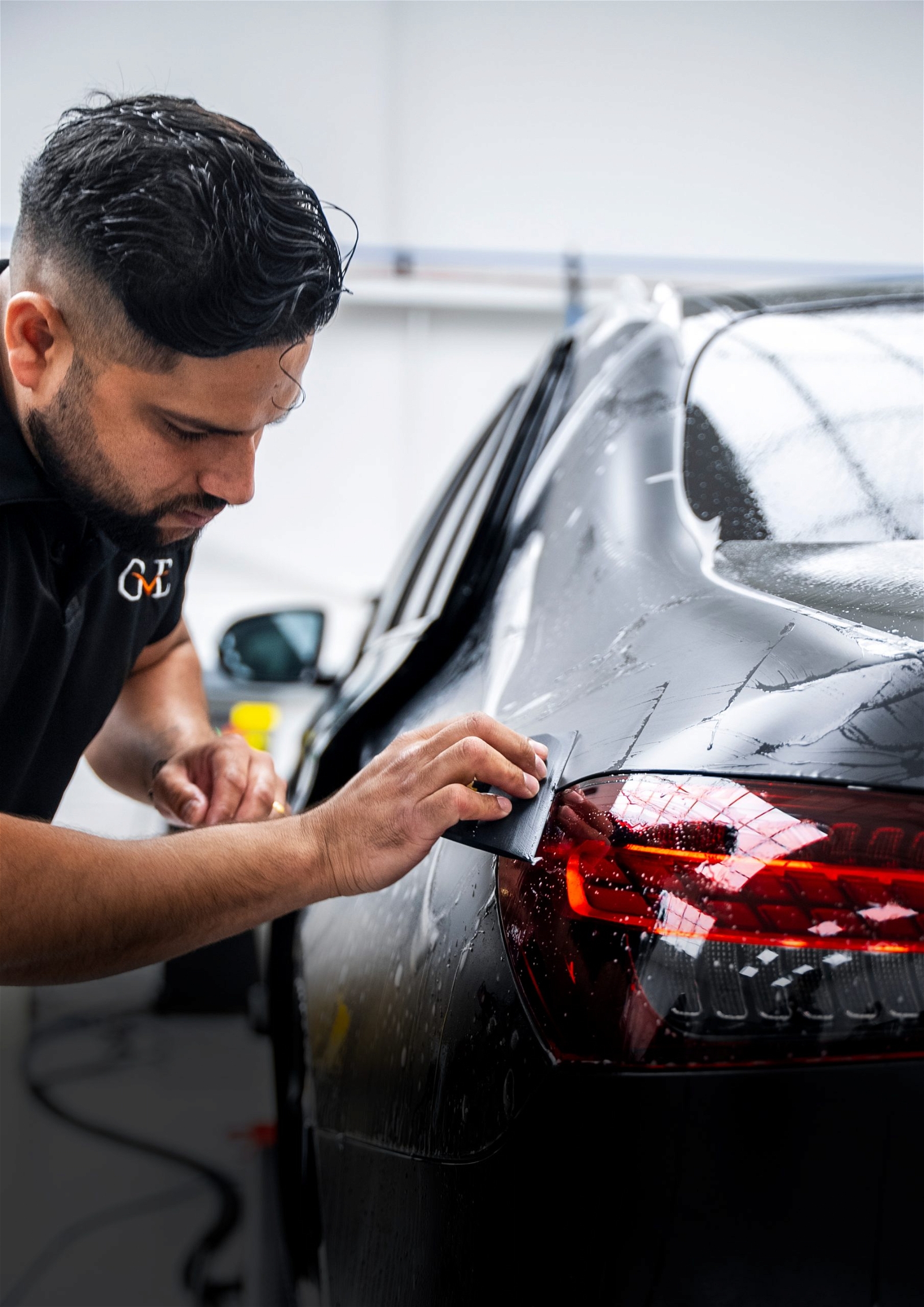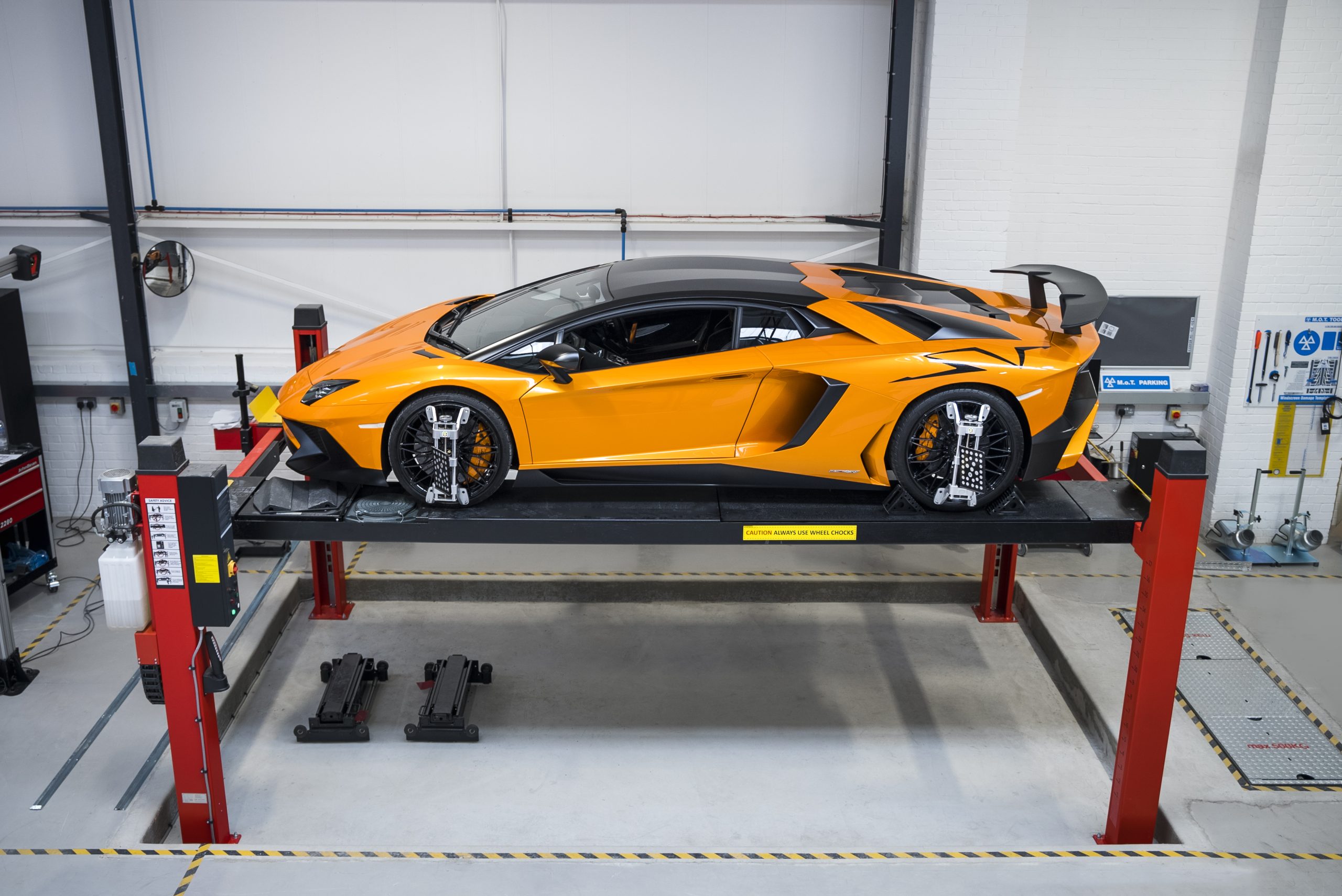
When and How to Remove PPF Safely
Discover the safest methods and expert advice for removing Paint Protection Film (PPF) from your vehicle without damaging the paint.
Paint Protection Film (PPF) is a valuable investment for preserving your vehicle’s exterior, but there comes a time when removal becomes necessary. Whether it’s due to wear and tear, damage, or simply wanting a change, knowing when and how to remove PPF safely is crucial. In this guide, we’ll explore the optimal timing for PPF removal and the recommended techniques to ensure a seamless process.
Will PPF damage paint when removed?
When properly installed and removed by trained professionals, Paint Protection Film (PPF) should not damage the vehicle’s paint. Professional removal techniques involve using heat and specialized tools to soften the adhesive bond and gently lift the film from the surface.
However, improper removal or attempted DIY removal without the necessary expertise and tools can potentially damage the paint. If the film is forcefully peeled or removed incorrectly, it may leave adhesive residue or even pull off layers of paint.
To minimize the risk of damage during removal, it’s essential to entrust the process to experienced technicians who specialize in PPF installation and removal. They have the knowledge, skills, and tools required to remove the film safely without harming the underlying paint.
At GVE London, our team of professionals is dedicated to providing expert installation, PPF maintenance, and removal services. You can trust us to handle your vehicle with care and ensure that the paint remains intact throughout the removal process.
When to Remove PPF?
Wear and Tear
Over time, PPF may show signs of wear, such as yellowing, peeling, or lifting at the edges. If left unaddressed, these issues can compromise the protection provided by the film and detract from your vehicle’s appearance.
Damage
Accidental damage, such as scratches, chips, or tears in the PPF, may necessitate removal to assess and repair the underlying paintwork properly. Ignoring damaged PPF can lead to further deterioration and potential corrosion of the vehicle’s surface.
Desired Change
If you’re looking to change the appearance of your vehicle or upgrade to a different type of PPF, removal is necessary to ensure a clean surface for the new application. Professional removal is particularly crucial to avoid damage to the underlying paint during this transition.
How to Remove PPF Safely?
Professional Removal
While DIY removal methods exist, professional removal is highly recommended for several reasons. Experienced technicians have the expertise and specialised tools to remove PPF safely without damaging the paint or leaving behind adhesive residue. GVE London offers professional PPF removal services performed by skilled technicians.
Heat Application
Professional removal typically involves the use of heat guns to soften the adhesive bond between the PPF and the vehicle’s surface. This process allows for easier and more precise removal of the film without causing damage.
Adhesive Dissolver
In some cases, adhesive dissolving agents may be used to facilitate the removal process, particularly for stubborn adhesive residue. Professional technicians know how to apply these agents effectively without harming the paint.
Surface Preparation
Once the PPF is removed, the underlying paint should be thoroughly cleaned and inspected for any imperfections. Professional technicians can assess the condition of the paint and recommend any necessary repairs or refinishing before applying new PPF or leaving the surface exposed. Trust GVE London for expert removal or repair of damaged PPF, ensuring a seamless process and preserving the integrity of your vehicle’s paintwork.
What precautions should be taken after PPF?
Once Paint Protection Film (PPF) has been installed on your vehicle, it’s essential to take certain precautions to ensure its longevity and effectiveness:
- Avoid Washing Immediately: Wait at least 48 hours before washing your car after PPF installation. This allows the film to fully adhere to the vehicle’s surface and prevents premature lifting or peeling.
- Use Recommended Cleaning Products: When washing your car, use mild automotive shampoo and a soft microfiber cloth or sponge. Avoid abrasive cleaners or harsh scrubbing, as these can damage the film and reduce its effectiveness.
- Avoid Waxing: While some PPFs are compatible with wax, it’s best to avoid applying wax or sealants directly onto the film. These products can leave residue or buildup, affecting the clarity and appearance of the film over time.
- Be Mindful of Parking: Avoid parking your car under trees or near construction sites where it may be exposed to potential hazards like falling branches, debris, or bird droppings. PPF provides a protective barrier against such elements, but it’s still essential to minimize exposure when possible.
- Regular Inspections: Periodically inspect the PPF for any signs of damage, lifting, or discoloration. Promptly address any issues to prevent further damage and ensure continued protection.
- Professional Maintenance: Consider scheduling regular maintenance appointments with a professional detailing or PPF installation service. They can assess the condition of the film, perform any necessary touch-ups, and ensure optimal protection for your vehicle.
By following these precautions, you can help maintain the integrity and effectiveness of your PPF, ensuring long-lasting protection for your vehicle’s paintwork.
Conclusion
Knowing when and how to remove PPF safely is essential for maintaining the appearance and protection of your vehicle. Whether due to wear and tear, damage, or desire for a change, professional removal ensures a seamless process and preserves the integrity of your vehicle’s paintwork. Contact GVE London for repair or expert removal of PPF, and keep your vehicle looking its best for years to come.
Witness the transformation of a Lamborghini Urus in our video, featuring a stunning matte black wrap complemented by gloss wheels and highlights.
Frequently Asked Questions
If you are serious about maintaining the quality of your paint for years to come, PPF is the only answer. While PPF can take a lot of abuse over the years, it will eventually require replacement. Typical lifespan for PPF is 5 to 10 years. Once film has given you all it can, it should be removed and replaced.
Over time, PPF will start to show signs of wear and tear. The most visible signs include scratches, bubbles, discoloration, and cracks. The PPF is not indestructible and regardless of how well you take care of it, it will develop damage. Once you notice these signs, it signifies it is time to remove the PPF.
The simple answer is no. Paint protection film will not harm your car’s paint. But there’s a catch. To ensure that you get the long-term protection you seek, paint protection film should be applied by an experienced professional who knows how to use and remove PPF without damaging the car’s paint.
Contact Us
"*" indicates required fields


